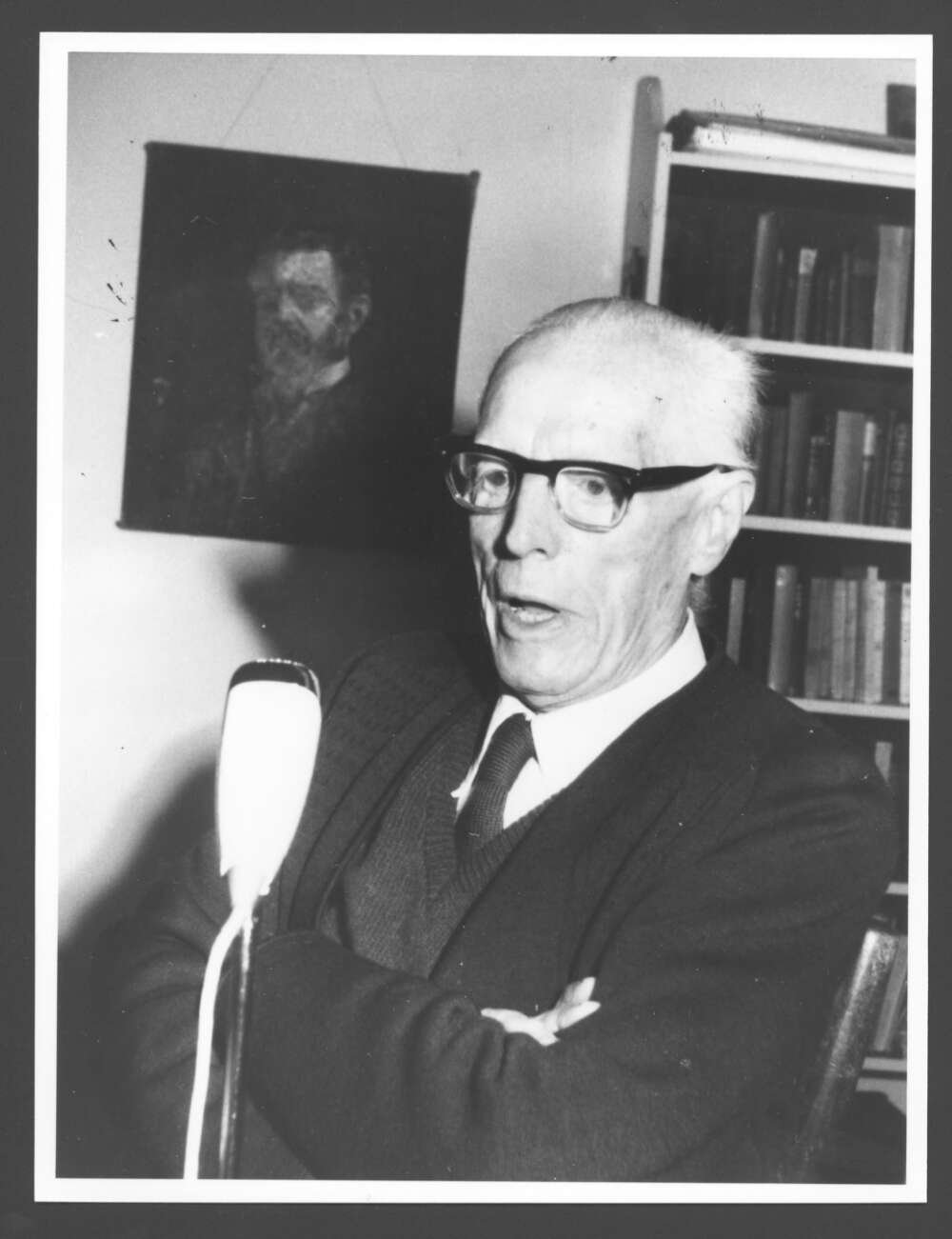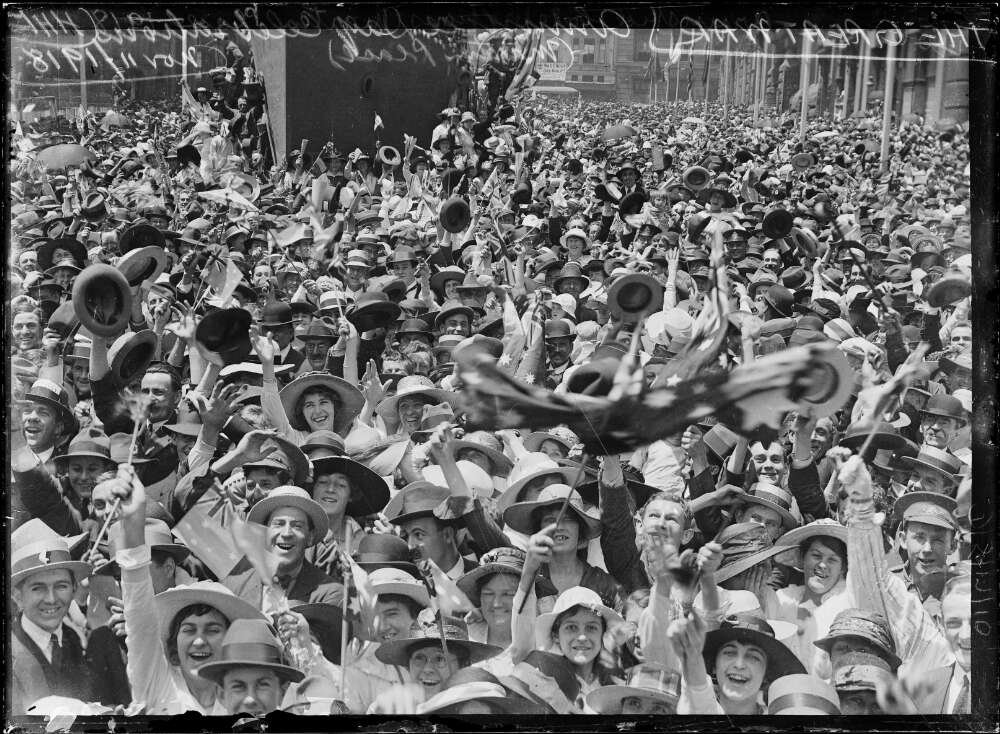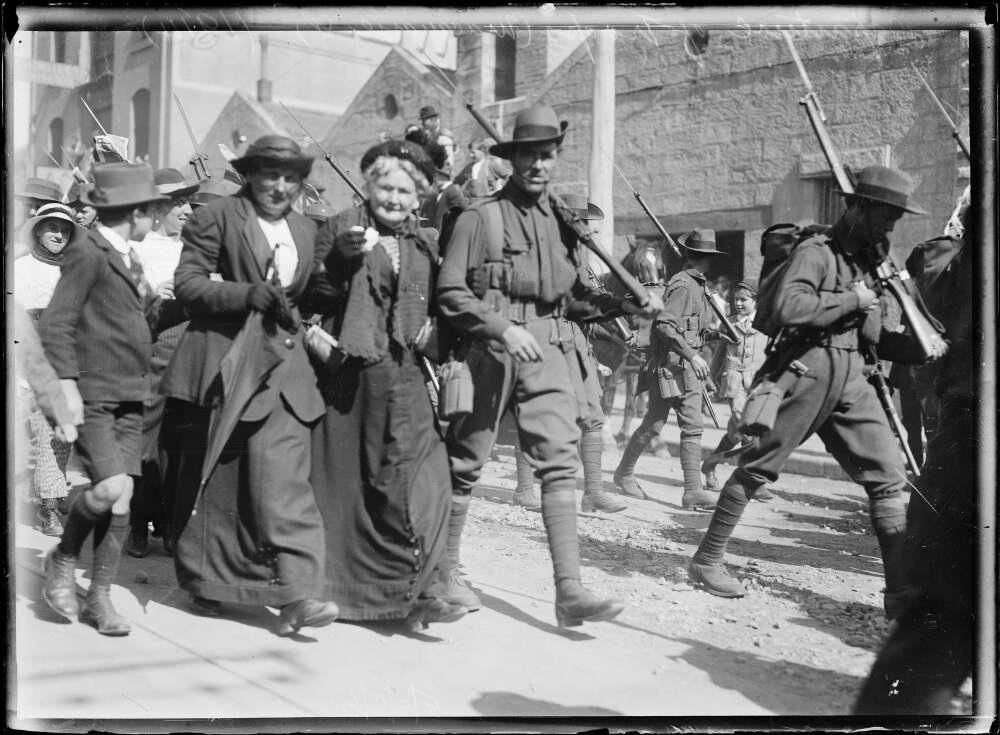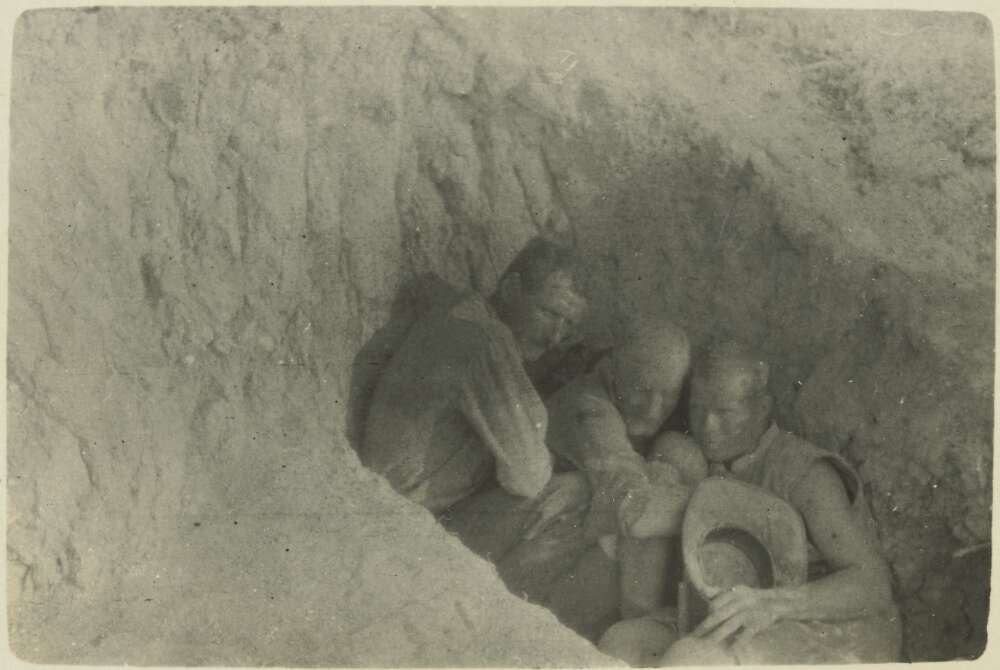On the 11th of November each year, Australia joins many other Commonwealth countries in commemorating Remembrance Day. This tradition has endured since the end of the First World War and marks a way of acknowledging the loss of lives through war.
The First World War had a devastating impact on Australian society. The Library’s oral history collection provides a very personal insight into the ways that this conflict fundamentally reshaped Australian lives and was perhaps the most traumatic of events to take place in the twentieth century.
On the War Front
There are many voices in the Library’s oral history collection of those who remember the First World War. Marcel Aurousseau recalls the censorship of wartime, the horrible winter he experienced in the trenches, and the way that water froze so quickly and so hard that there was no water to be found anywhere during the coldest times.

He also holds clear memories of the 11th day of November 1918, when the First World War came to an end after four long and difficult years. He says:
“To our astonishment, the night came. Here were all the army lorries coming with their lights blaring. A sight we hadn’t seen for four years.”

Memories from the Home Front
Phyllis Matthews was interviewed for the Library in 1992 but the memories associated with the conflict that had occurred more than seven decades earlier were still keenly felt. Phyllis’ father enrolled in the War early and her earliest recollection was after this with:
“the departure of my favourite uncle, Uncle Ted…And we were all gathered at the gate, he in his khaki, with kitbag over his back and I of course crying my eyes out because he was definitely my favourite uncle.”
Phyllis’ uncle sung her a song with the lyrics, ‘Don’t cry baby dear, wipe the tear from your eye’ as he left. Phyllis asserts:
“I remember that so clearly with my arms around his neck. And he with kit bag and mother and all the others crowding around him as he was saying his farewell.”

On a happier note, Phyllis was fortunate in that both her father and uncle returned from the war. She remembers Uncle Ted returning:
“With his kit bag …and pulling out all sorts of wonders that he’d brought home as gifts for us all.”
Phyllis received a silver bracelet.
For Eva Lee, born in 1898, the First World War was one of the defining memories of her younger life. She remembers lots of young men from Urbenville in northern New South Wales enlisting for the war. Her brother and her boyfriend were amongst those who signed up early.
Eva, who was around eighteen at the time the First World War broke out, recalls every boy in her area being given a watch as they went off to war. She recounts:
“Everyone enjoyed the send-off but then there was that gloom that they were going.”
Eva’s interview describes both the devastation of loss as well as “big jubilation” when boys returned at the end of the War.
Eva’s boyfriend went off to fight in the war in 1916 and was killed in 1917. She remembers:
“After he’d gone, a parcel came in the post office.”
Before he had been killed, he had arranged to send her a piece of jewellery for her birthday. This touching memory shows the individual loss that was felt across the country during this time.
After the War
Many of those who returned from the war front suffered from post-traumatic stress disorder (PTSD) over the subsequent decades. This was poorly understood by wider society at the time, though family members had some comprehension of the difficulties those who served experienced.

Nancy Coe’s father was one of many who struggled with his experiences of the First World War. In particular. She remembers:
“The men just had to learn to live it and my father did. But every so often he would have these dreams, these nightmares, especially in the wintertime when it got cold...so I guess he must have been over there in the wintertime or close to it. He remembered the cold and the damp of the trenches, and it brought it back on.”
Nancy remembers helping him to come to terms with his World War One experiences through reading books and talking. Drawing his experiences out of him acted as a homegrown version of therapy for his post traumatic syndrome and seemed to fix his night terrors.
From an Australian perspective, the First World War was perhaps the most devastating conflict of the twentieth century. From a population of less than five million, more than 60,000 Australians were killed. It is hardly surprising that the loss and grief of this experience had such a profound impact on Australians who lived through this time. On 11 November, it is very moving to listen to their voices and memories and acknowledge this traumatic time in Australian history.
Further Reading
By Dr Shirleene Robinson and Duncan Felton